European, late 16th - early 17th century.
Measures 2.1 x 1.7 x 23cm.
The silver fob seal is set with a carved rock crystal coat of arms highlighted from behind with blue, red and silver coloured foil which shines through the clear crystal.
The coat of arms could refer to the ‘Noya’ family as referenced in ‘Waignart, Pierre, Armorial de Waignart 107 (Tome 2)’, this manuscript by Pierre Waignart (1571–1631) is a heraldic manuscript housed in the Bibliothèque patrimoniale et Archives municipales d’Abbeville.
The surname Noya likely has multiple regional origins. In Spain, it most commonly derives from the town of Noia (Noya) in Galicia, a medieval trading centre whose name was adopted by families from the area. In Italy, particularly in Bari, Bitetto, Lecce, and Taranto, the surname appears in noble heraldic records and may stem from local dialects or place names. In England and France, the variant Noye has Norman roots, possibly introduced after the Norman Conquest, with notable bearers like jurist William Noye.




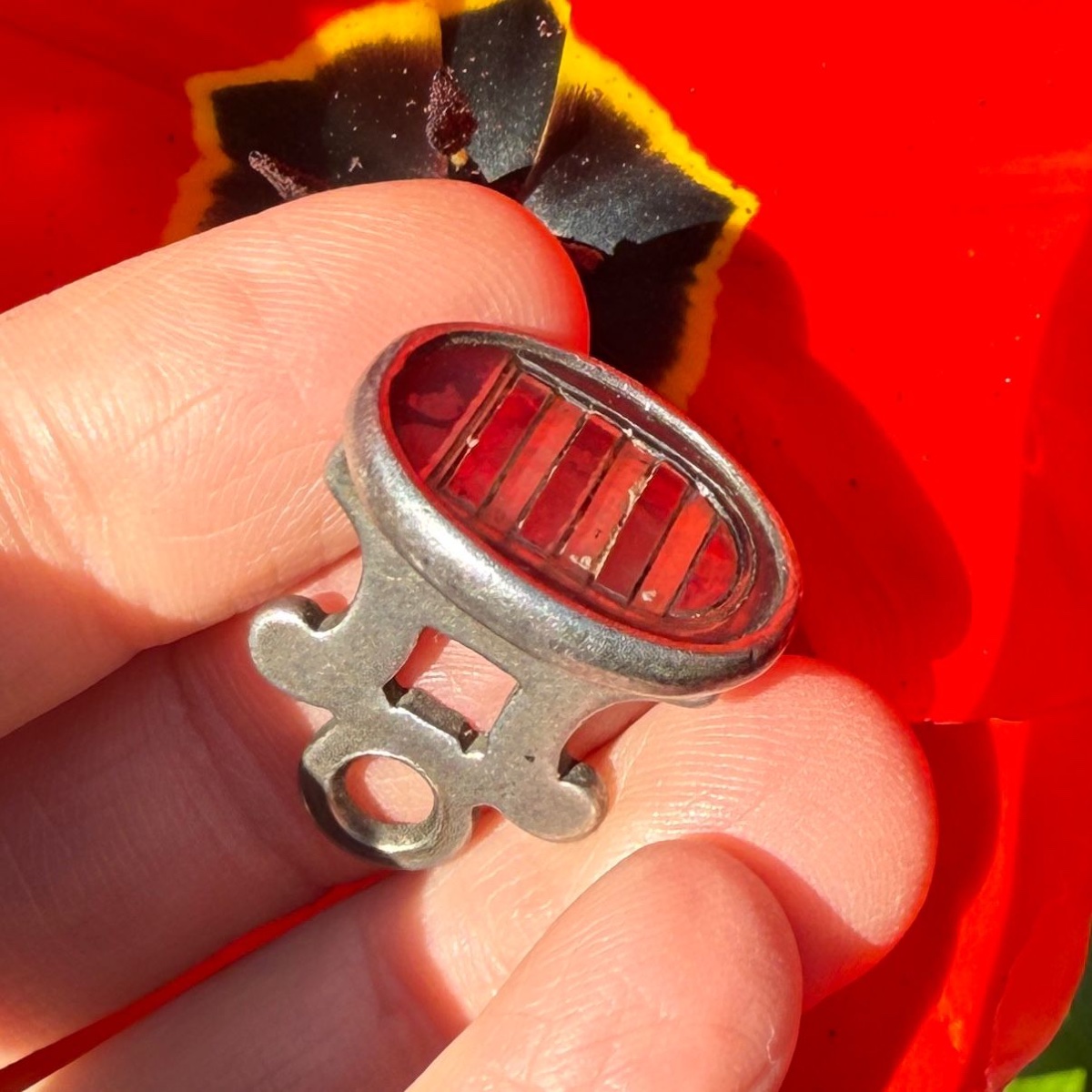
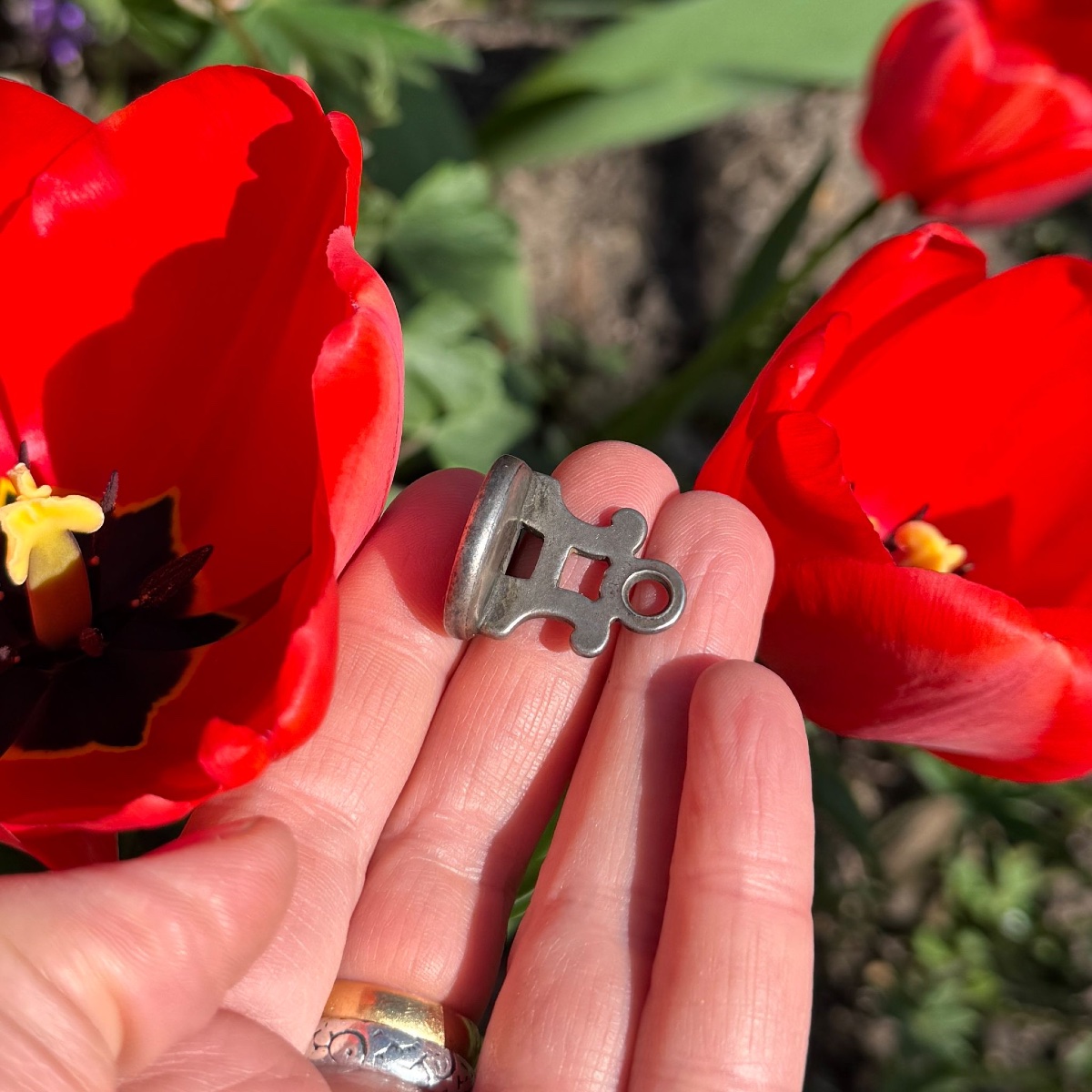
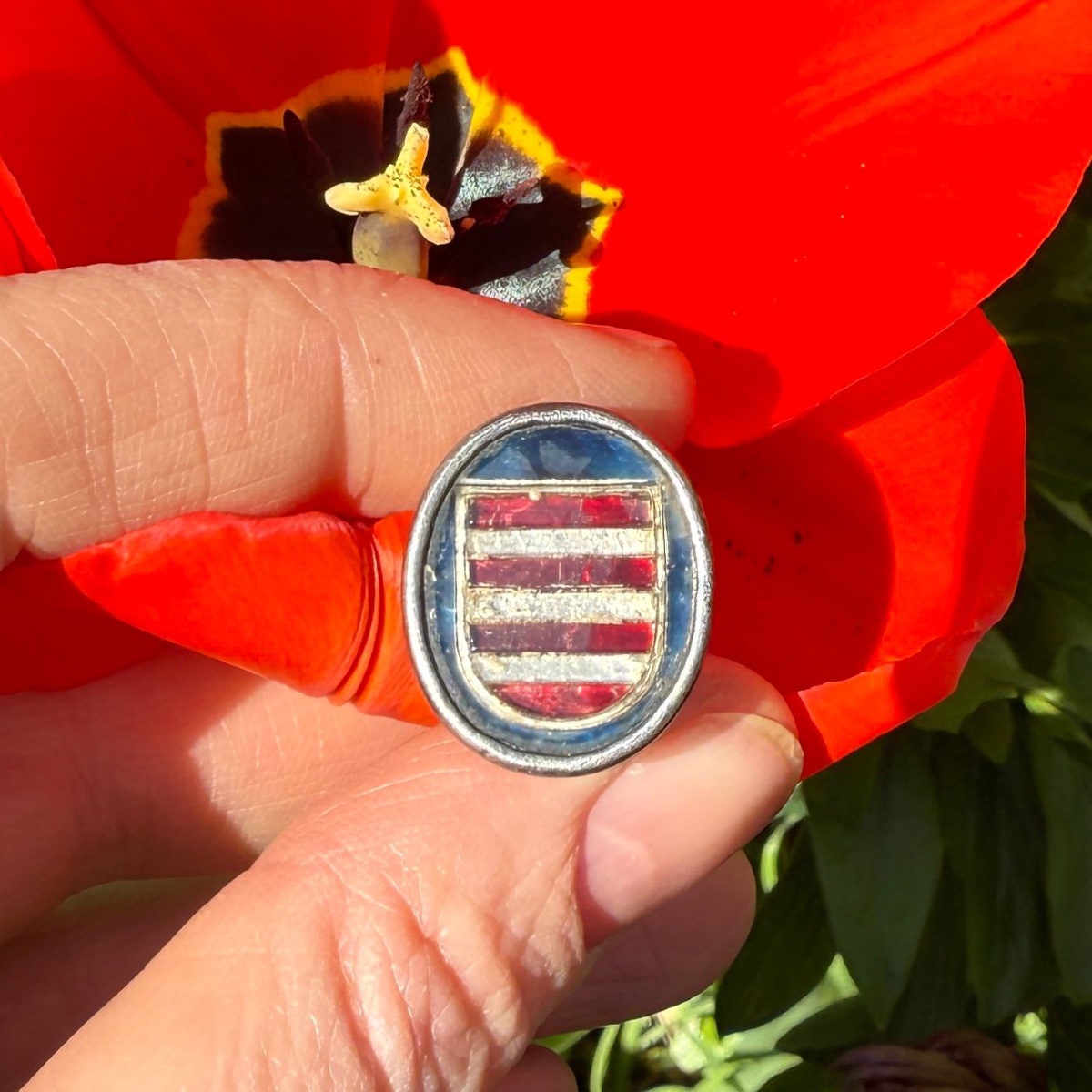



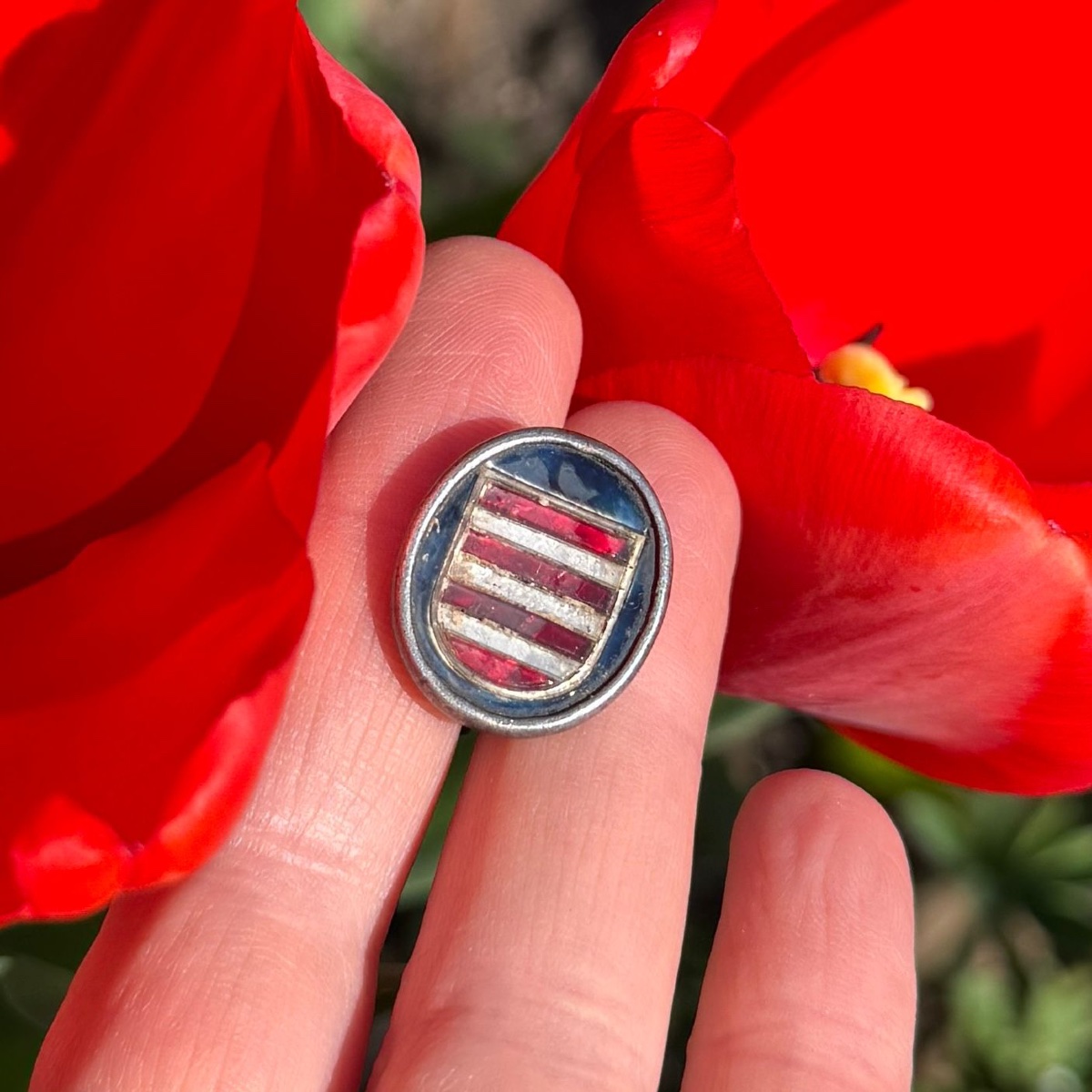

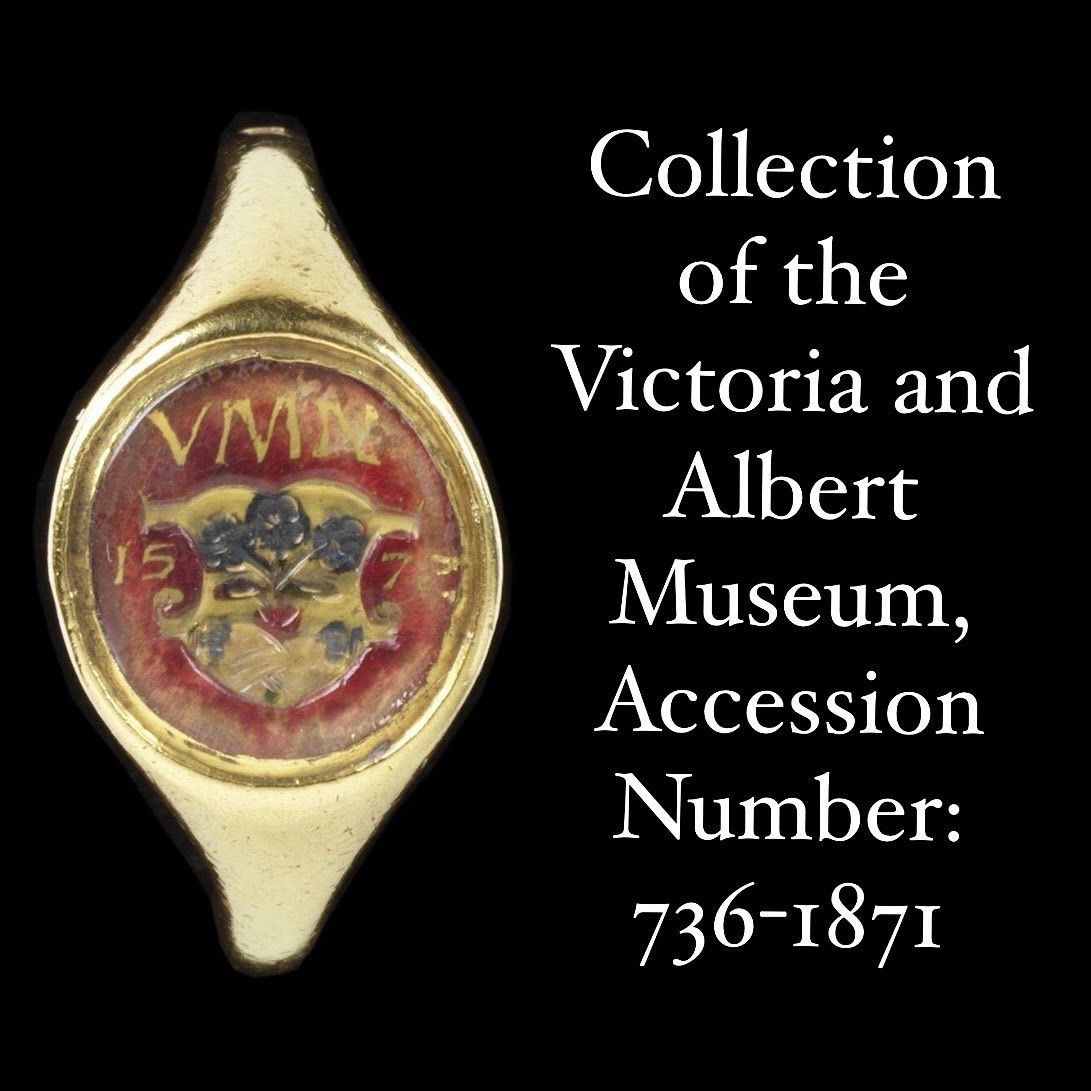
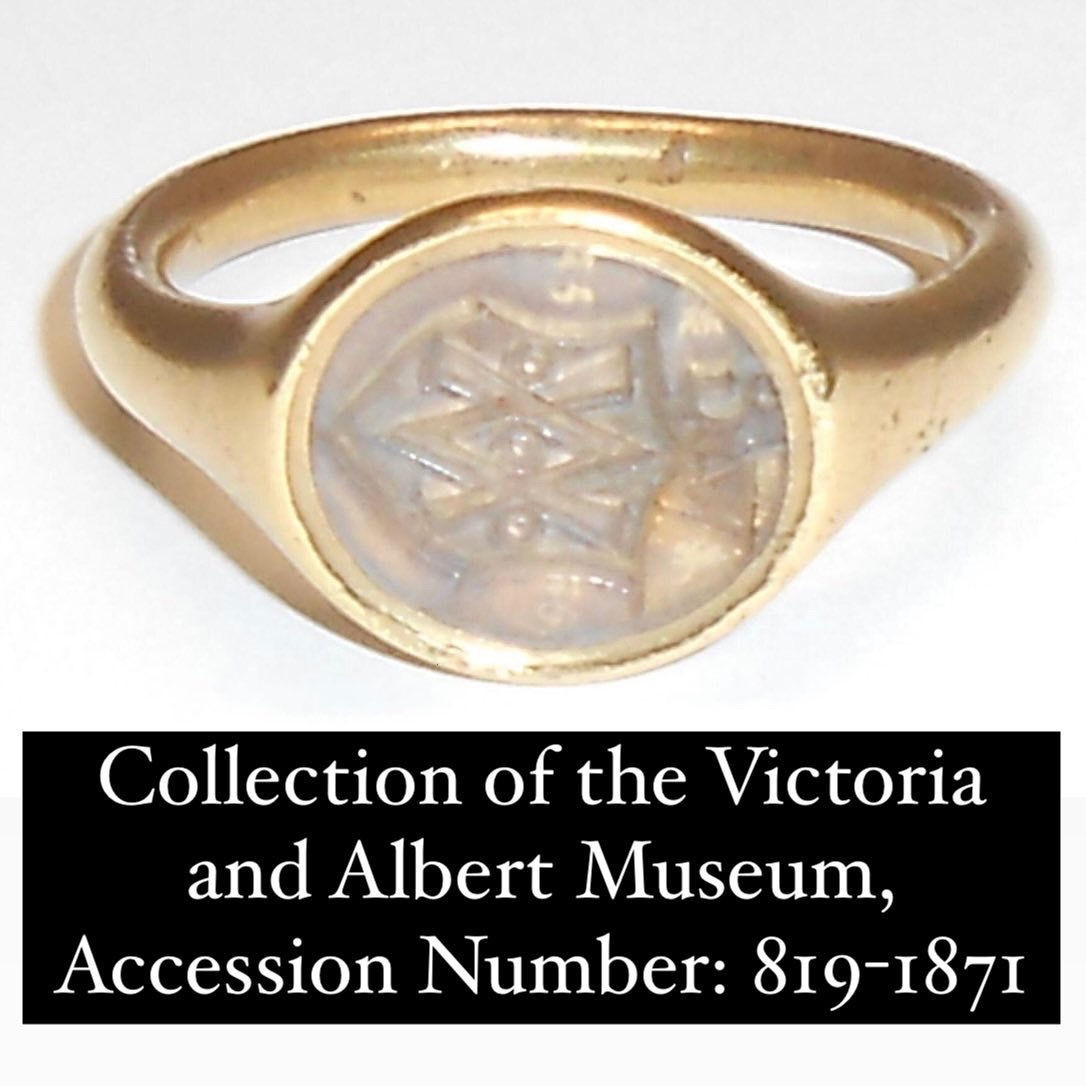
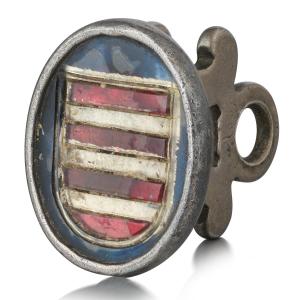












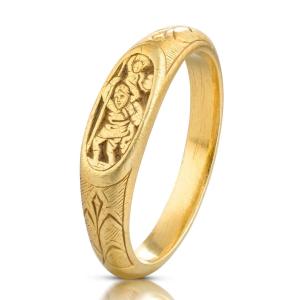
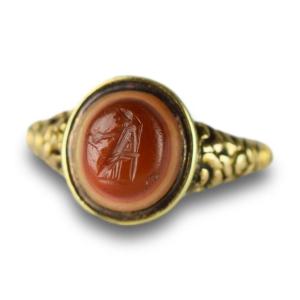




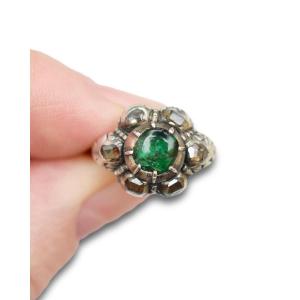

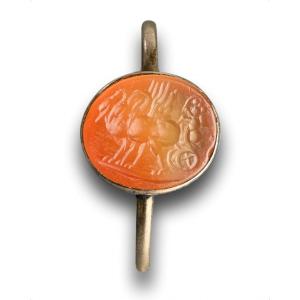
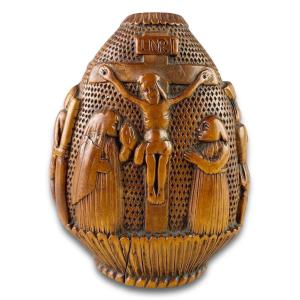
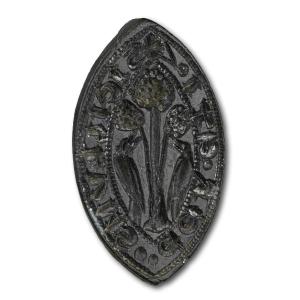

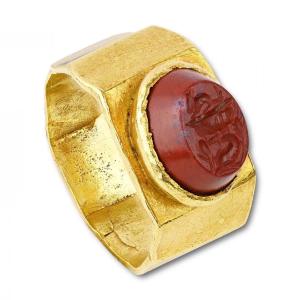
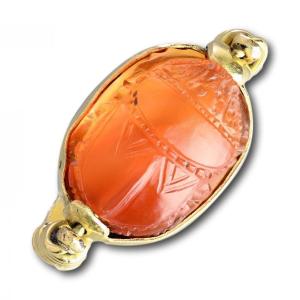


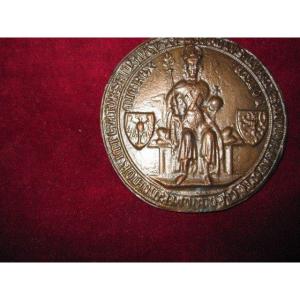
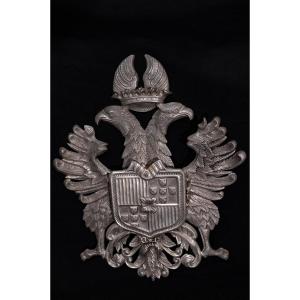





 Le Magazine de PROANTIC
Le Magazine de PROANTIC TRÉSORS Magazine
TRÉSORS Magazine Rivista Artiquariato
Rivista Artiquariato